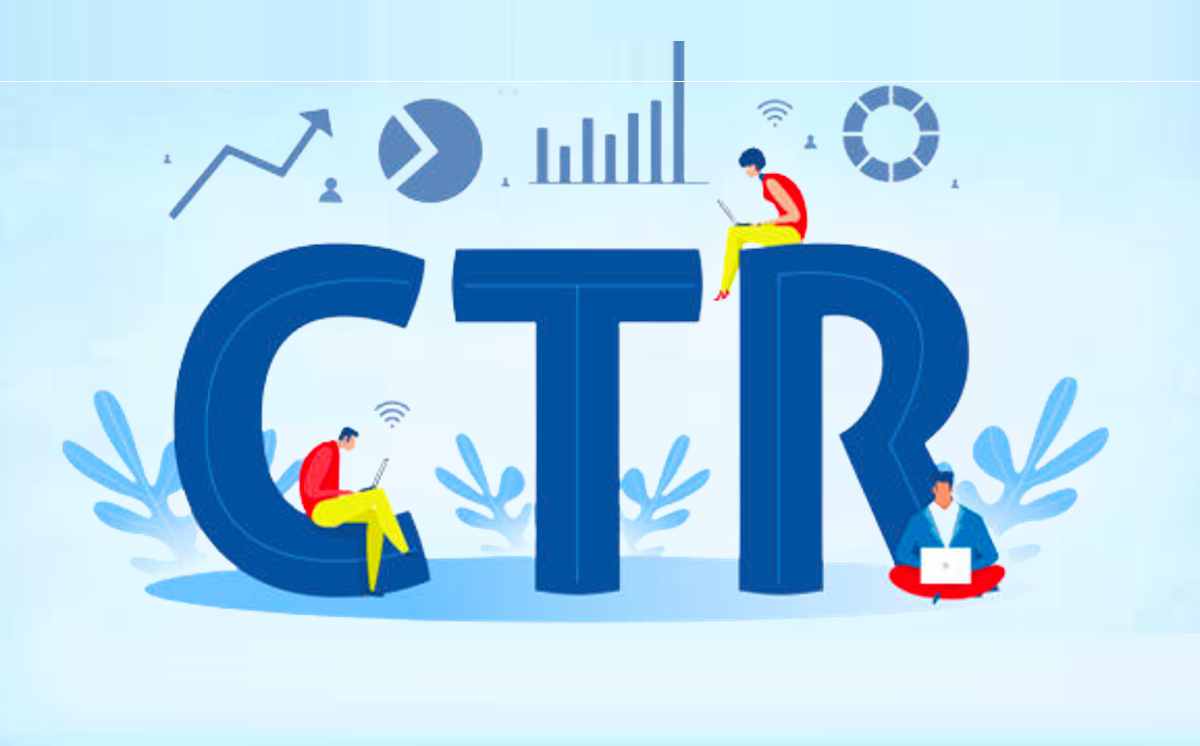CTR Manipulation Press Release-- Obtain the current Information on CTR Improvement Tools
CTR Manipulation Press Release-- Obtain the current Information on CTR Improvement Tools
Blog Article
CTR Adjustment: A Video Game Changer for Digital Projects
The rise of CTR control has actually indisputably changed electronic marketing methods, giving marketing professionals with devices to boost involvement and drive website traffic successfully. What implications might this balancing act hold for the future of digital projects?
Comprehending CTR Adjustment
Although click-through rate (CTR) adjustment might feel like an uncomplicated strategy in digital advertising, it includes a variety of strategies targeted at unnaturally inflating involvement metrics. This adjustment can take various kinds, including making use of click farms, bots, or misleading ad positionings that misdirect consumers right into clicking. These methods can endanger the stability of efficiency data, making it challenging for online marketers to assess the real efficiency of their projects.
Moreover, CTR manipulation increases moral issues, as it threatens the transparency of digital advertising. The dependence on inflated metrics can bring about illinformed advertising decisions, skewing resource allowance and campaign approaches. Consequently, businesses might spend greatly in networks and methods that show up effective yet do not yield genuine involvement or conversions.

Advantages of Click-Through Rate Optimization
Enhancing click-through rate (CTR) is important for boosting the performance of electronic advertising projects. A greater CTR suggests that a bigger proportion of individuals are involving with the material, which can bring about increased website traffic and far better conversion prices. By boosting CTR, brands can efficiently designate their advertising and marketing resources to campaigns that produce the highest returns.
Among the key advantages of CTR optimization is the possibility for boosted advertisement placement and reduced expenses - CTR Manipulation. Systems like Google Advertisements award greater CTRs with much better ad positioning and decreased cost-per-click (CPC), allowing marketers to extend their budgets even more. In addition, a well-optimized CTR can improve brand name visibility, as higher interaction prices frequently associate with increased organic reach

Techniques for Effective CTR Control
To successfully adjust click-through rates (CTR), marketing professionals can employ a range of tactical methods that enhance individual Full Article engagement and drive website traffic. One fundamental technique is maximizing ad duplicate to produce engaging and action-oriented language. CTR Manipulation. Making use of solid call-to-action (CTA) expressions motivates individuals to take immediate activity, increasing the possibility of clicks
An additional effective strategy is A/B testing, which allows marketing experts to contrast various ad variations. By methodically examining performance metrics, they can recognize which components resonate finest with the target audience, consequently improving their techniques for maximum effect. Furthermore, leveraging visually appealing graphics and succinct messaging can catch attention promptly, making it extra probable that individuals will involve.

Lastly, enhancing touchdown pages to make sure a seamless user experience can reduce bounce rates and urge more interaction, eventually cultivating greater CTR. By integrating these techniques, marketers can successfully adjust CTR to accomplish their campaign purposes.
Gauging Success in Digital Campaigns
Gauging success in digital campaigns requires a clear understanding of essential efficiency indications (KPIs) that align with campaign objectives. KPIs function as quantifiable metrics that help examine the efficiency of various techniques utilized throughout the project. Usual KPIs consist of click-through rates (CTR), conversion rates, expense per acquisition (CPA), and return on investment (ROI)
To properly gauge success, it is essential to establish specific, quantifiable goals at the outset of the project. If the key purpose is to boost brand recognition, metrics such as perceptions and engagement prices may be prioritized. On the other hand, projects concentrated on direct sales would take advantage of a more thorough analysis of conversion rates and revenue created.
Regular analysis of these KPIs enables online marketers to make data-driven decisions, maximizing their strategies in real-time. Making use of logical devices can aid in tracking efficiency and identifying fads, permitting swift adjustments to improve campaign end results. Eventually, a comprehensive approach to gauging success not just highlights areas for renovation but also enhances the overall performance of digital advertising and marketing efforts, driving sustained development and involvement in the long-term.
Future Trends in Digital Marketing
Anticipating the future of electronic advertising and marketing reveals a landscape shaped by rapid technological improvements and altering customer actions. As artificial intelligence and equipment understanding remain to advance, marketing experts will significantly leverage these modern technologies to individualize projects at an unmatched scale. Anticipating analytics will allow brand names to recommended you read prepare for client requirements, maximizing advertisement placements and material distribution in actual time.
Additionally, the rise of voice search and clever devices is changing just how consumers engage with digital content. Marketing experts will require to adjust their techniques to ensure presence across numerous platforms, consisting of voice-activated aides. This shift demands a concentrate on conversational marketing, emphasizing involvement with dialogue rather than traditional promotional methods.
Furthermore, personal privacy issues are motivating changes in information collection methods. Transparency and ethical information use will become critical, check it out driving brand names to cultivate trust and commitment among customers. The ongoing evolution of social networks systems will certainly additionally affect advertising methods, with a heightened focus on credibility and user-generated content.
Verdict
In summary, CTR manipulation represents a significant innovation in digital advertising techniques, supplying instant advantages with boosted engagement metrics. The honest factors to consider surrounding such techniques require a careful method to make sure lasting brand name integrity and real audience link. By striking a balance between optimization methods and authentic interaction, marketers can cultivate sustainable connections with customers. The continuous evolution of digital advertising will rely on this fragile interaction, shaping the future landscape of brand-consumer communications.
Report this page